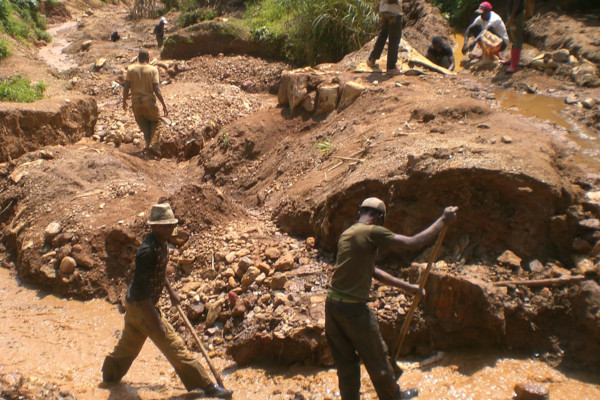
‘Conflict Minerals’ initiatives in DR Congo: Perceptions of local mining communities
November 12, 2013The exploitation of minerals is an important source of income for many communities in eastern Democratic Republic of Congo (DRC). Yet this mineral wealth also plays a significant role in the continuation of insecurity in parts of the country. Revenues from mineral trade have given armed groups the means to operate, and provided off-budget funding to (often poorly paid) state security forces. Whils

IPIS Insights: Why businesses should assess human rights impacts from the outset of projects. SOCO International Oil Company in Virunga National Park, DRC
August 5, 2013SOCO International, a British oil company, is prospecting for oil in the Democratic Republic of Congo’s Virunga National Park – a World Heritage Site. For the past year, their presence has been criticised for putting a fragile environment at risk. However, more recently, their impact on human rights has also been questioned. Below, IPIS looks at why it is so vital for companies to employ rights-re

Strijd tegen conflictmineralen: sleutel tot conflictresolutie in Oost-Congo?
July 24, 2013De PDF van dit artikel is met toestemming van de redactie overgenomen uit de /Internationale Spectator, Clingendael Magazine voor Internationale Betrekkingen/, uitgegeven door de Koninklijke Van Gorcum, te Assen namens het Nederlands Instituut voor Internationale Betrekkingen ‘Clingendael’ te Den Haag. Download in pdf of open met issuu reader. http://issuu.com/ipisresearch/docs/20130700_is_art_mat
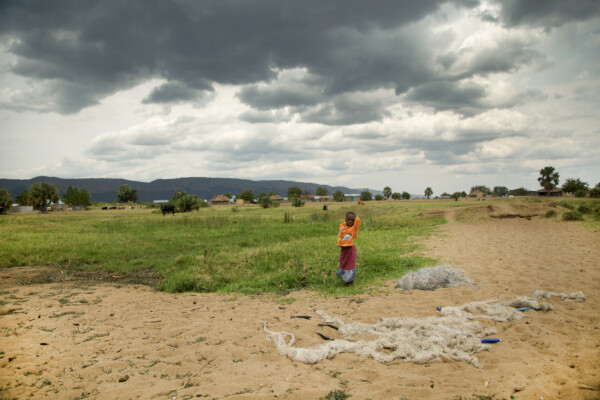
Business, Human Rights, and Uganda’s Oil. Part I: Uganda’s oil sector and potential threats to human rights
July 12, 2013The following report is the first of a series of four collaborations between IPIS Research and ActionAid International Uganda. The series sheds a light on the oil sector in Uganda, its possible impact on human rights, and how government, companies, and civil society can best enable a positive bond between oil and the welfare of the Ugandan people. This first report opens by providing a situational
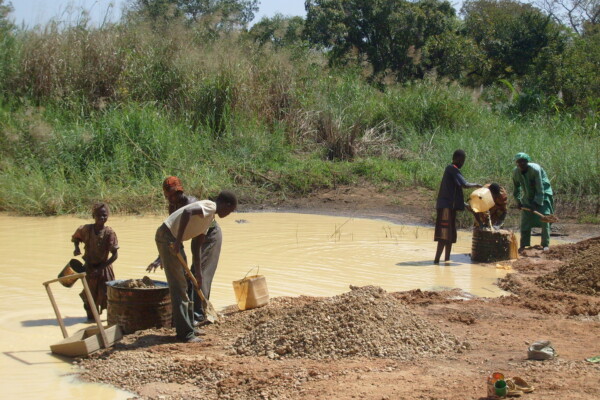
Gold and diamonds in the Central African Republic. The country’s mining sector, and related social, economic and environmental issues.
March 29, 2013Gold and diamonds in Central Africa easily conjure up images of conflict, rebel funding, human rights violations, and smuggling. As a country landlocked within an unstable region, neighbouring the Democratic Republic of Congo (DRC), and recently the scene of another coup, the Central African Republic (CAR) might be considered an appropriate candidate for analysis within the conflict-mineral perspe

Upstream Implementation of the OECD Due Diligence Guidance for Responsible Supply Chains of Minerals from Conflict-Affected and High-Risk Areas. Final Report on one-year pilot implementation of the Supplement on Tin, Tantalum, and Tungsten
January 1, 2013Final Report on one-year pilot implementation of the Supplement on Tin, Tantalum, and Tungsten. This report is the final in a cycle of three reports on the pilot implementation by upstream companies of the “Supplement on Tin, Tantalum and Tungsten of the OECD Due Diligence Guidance for Responsible Supply Chains of Minerals from Conflict-Affected and High-Risk Areas”. The goal of the report is to p
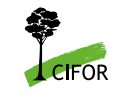
The formalisation of artisanal mining in the DRC and Rwanda
December 29, 2012This report describes and evaluates initiatives to formalise the artisanal mining sector in the Democratic Republic of the Congo (DRC) and Rwanda, in order to locate lessons learned. We hope that these perspectives will support the formation of well-informed policy and regulatory options – both by the EU and by harvesting countries – concerning the formalisation of timber production in tropical co
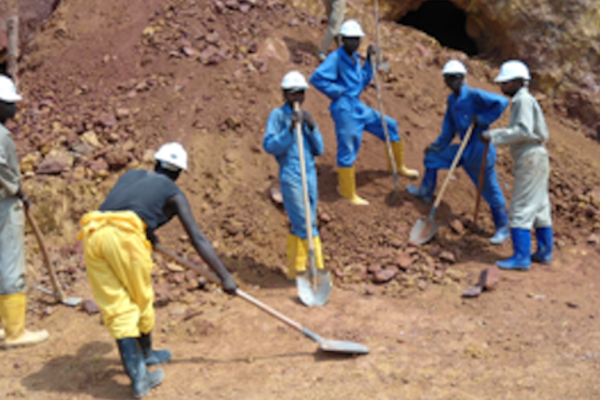
Exploitation minière industrielle et artisanale au Sud-Kivu. Possibilités d’une cohabitation pacifique ?
December 29, 2012Le secteur minier en République Démocratique du Congo (RDC) en général et au Sud-Kivu en particulier alimente toujours les débats tant au niveau international qu’au niveau national. Présenté sous plusieurs facettes, ce secteur au Sud-Kivu a été dans le temps industriel, puis artisanal et aujourd’hui il est en même temps artisanal et industriel. Le retour en force, ces dernières années, des société
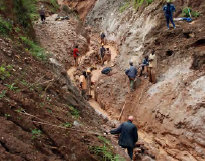
Mapping Conflict Minerals (2012)
December 28, 2012How GMES supports the International Peace Information Service (IPIS), in: Window on GMES, Special Issue: Discover the “S” in GMES, pp. 82-88 Exploitation of natural resources has, in most cases, a strong impact on the environment, often even spoiling natural habitats and affecting people’s way of life. The exploitation and trade of minerals can also fuel armed conflicts, as it is the case in the E

Upstream Implementation of the OECD Due Diligence Guidance for Responsible Supply Chains of Minerals from Conflict-Affected and High-Risk Areas. Cycle 2 Interim Progress Report on the Supplement on Tin, Tantalum, and Tungsten
June 20, 2012Cycle 2 Interim Progress Report on the Supplement on Tin, Tantalum, and Tungsten. The following report is the second in a cycle of three on upstream companies’ implementation of the Supplement on Tin, Tantalum and Tungsten to the OECD’s Due Diligence Guidance for Responsible Supply Chains of Minerals from Conflict-Affected and High-Risk Areas. The objective of the following is to report on progres
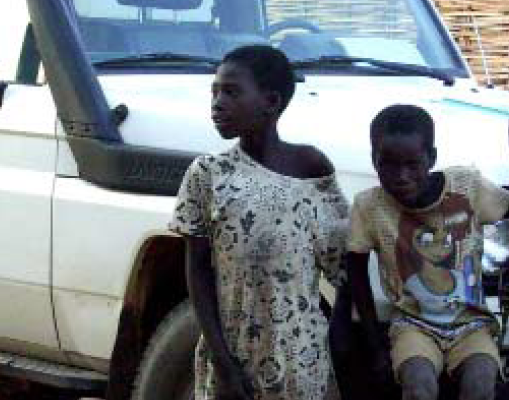
A Taxonomy of Non-State Armed Actors in the Central African Republic (2012)
January 2, 2012This report hopes to provide an overview of how the Central African Republic got to where it is now, as well as to present the means to further our understanding of the current situation. First a genealogy of the current situation is provided, which is presented in the form of a narrative literature overview encompassing the postcolonial period. This is followed by a brief account on the main conf
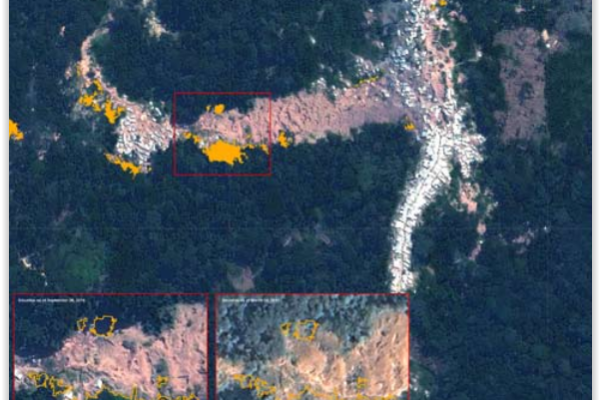
Bisie. A one-year snapshot of the DRC’s principal cassiterite mine (2011)
November 28, 2011Much has happened in the mining sector of Eastern DRC over the last year. President Kabila imposed a ban on all mining activities last fall, during which production fell considerably. As soon as the suspension was lifted in the spring of this year, the major global electronic companies stopped buying minerals from the region, provoking a de facto embargo on Congo’s minerals with detrimental effect

Upstream Pilot Implementation of the OECD Due Diligence Guidance for Responsible Supply Chains of Minerals from Conflict-Affected and High-Risk Areas
November 1, 2011Baseline Report on the Supplement on Tin, Tantalum, and Tungsten IPIS executed the research for and the writing of this OECD report. The present baseline report is the first in a cycle of three reports on the implementation by upstream companies of the Supplement on Tin, Tantalum and Tungsten of the OECD Due Diligence Guidance for Responsible Supply Chains of Minerals from Conflict-Affected and Hi
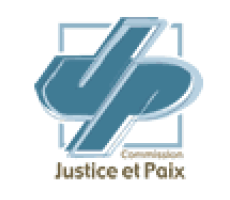
Kenya’s role in the trade of gold from eastern DRC
August 5, 2011On 11 September 2010, the Congolese Ministry of Mines put out a statement in which it announced President Kabila’s decision to suspend all exploitation and export of minerals from the provinces of North Kivu, South Kivu and Maniema until further notice. The statement explained that the ban was intended to put a stop to the illegal exploitation of natural resources in eastern DRC. In the decree est
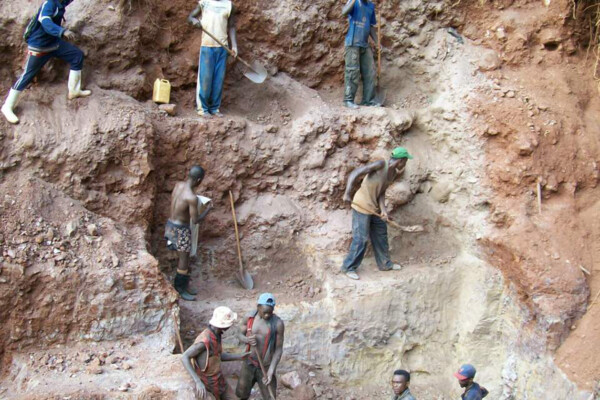
Guide to Current Mining Reform Initiatives in Eastern DRC
April 17, 2011US legislation has brought on a variety of initiatives aiming at mining reform in EDRC. This paper describes the basic elements of these initiatives, their genesis, the current state of affairs, the inkages between the initiatives and the main challenges they face. Further, the paper briefly evaluates the initiatives while focussing on the steps ahead. Download in pdf or open with issuu reader. ht
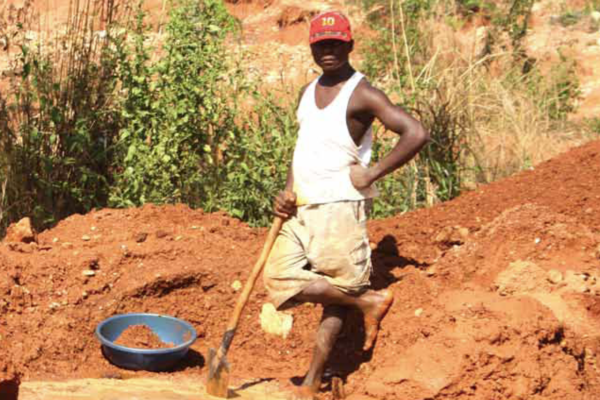
The complexity of resource governance in a context of state fragility: The case of eastern DRC
April 4, 2011A host of publications over the last decade have highlighted the important role played by artisanal and small-scale mining of coltan, gold and cassiterite in the ongoing conflict in the Democratic Republic of Congo (DRC), yet there is still little awareness of the modus operandi of the various actors involved in the exploitation and trade of these minerals. It is vitally important that initiatives
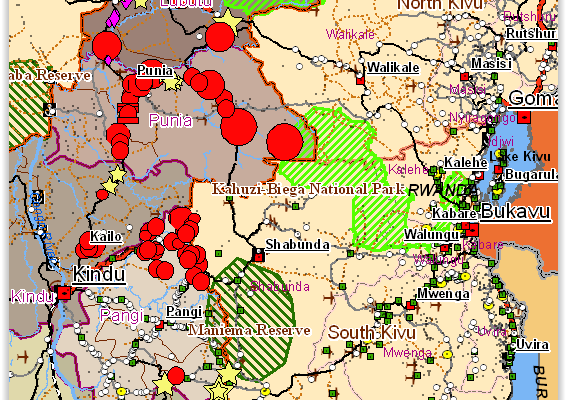
The complexity of resource governance in a context of state fragility: An analysis of the mining sector in the Kivu hinterlands (2010)
November 30, 2010The report ‘Mining activity and mineral trade in the Kivu hinterland’ was commissioned by the Directorate General for Development (DG DEV) of the European Commission and aims to fill an information gap by identifying the principal mining sites and analysing the trade networks of the ‘eastern hinterland’ of the Democratic Republic of the Congo (DRC), located in Maniema, North Katanga and Orientale
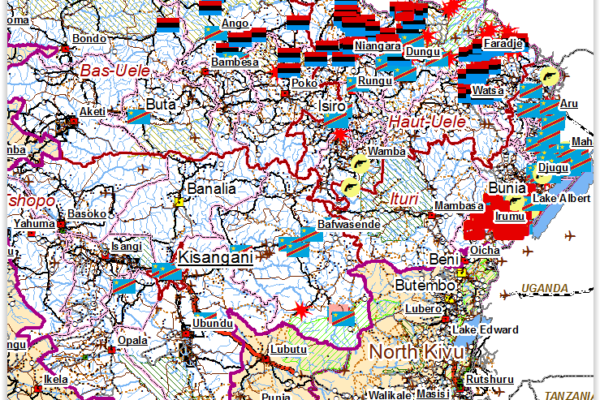
Mapping Conflict Motives: ‘Province Orientale’ (DRC) (2010)
March 22, 2010The districts of Ituri, Haut-Uele, Bas-Uele and the territory of Bafwasende continue to suffer from armed groups. Generally speaking, the strength of the armed groups throughout Orientale is limited and their effectives are few. Moreover, there is a considerable presence of the Congolese army. The Uele districts are the two most northern districts of Orientale bordering the Central African Republi
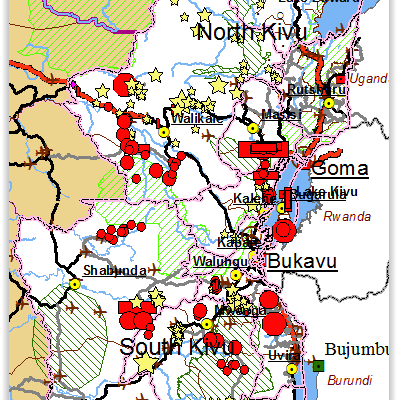
Accompanying note on the interactive map of militarised mining areas in the Kivus (2009)
August 16, 2009The MiMiKi map is a snapshot of the situation as it was in the period May-July 2009. All the armed groups deployed in the region profit directly from the mining activities. Armed groups have positions at more than half of the sites listed on the MiMiKi map where they obtain an (extra) income. The FARDC control some of the most important mining sites and do not restrain themselves from intervening
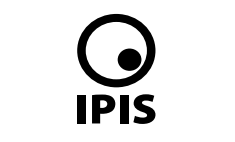
Le plan STAREC du gouvernement congolais: une analyse préliminaire
August 8, 2009Début juillet le gouvernement congolais a établi un plan de stabilisation pour l’Est de la RDC. L’initiative est restée sans écho dans les médias et le plan même n’a pas été rendu public. Néanmoins, après quelques recherches, IPIS à pu obtenir le document. Nous avons jugé que, dans le cadre des efforts congolais et internationaux pour résoudre la crise dans l’Est, il serait utile de résumer les po

